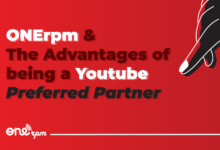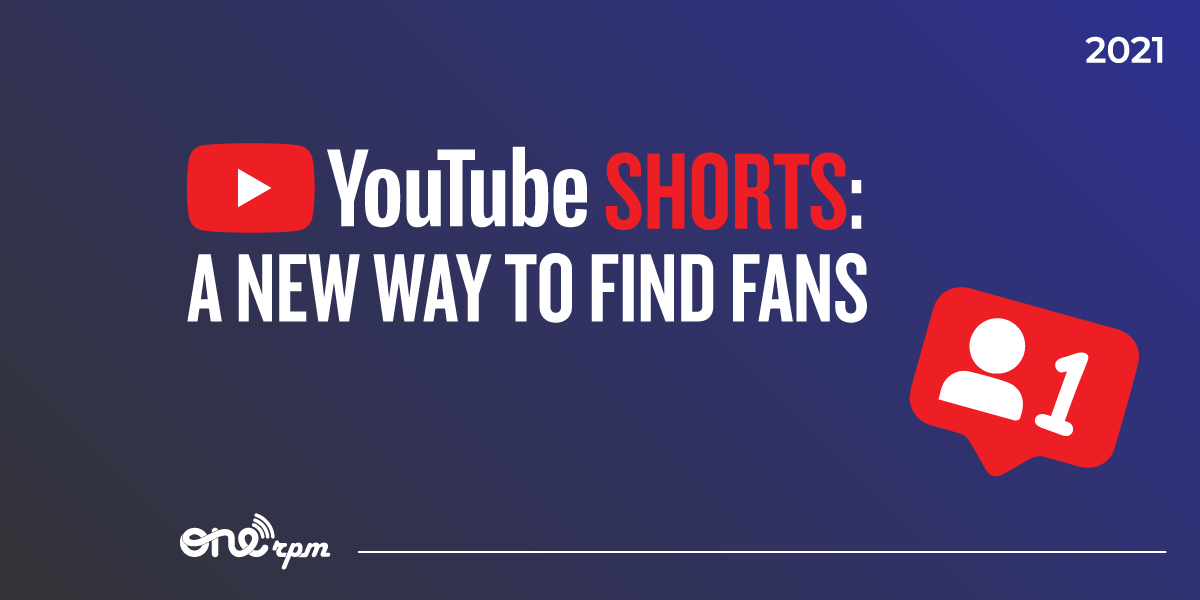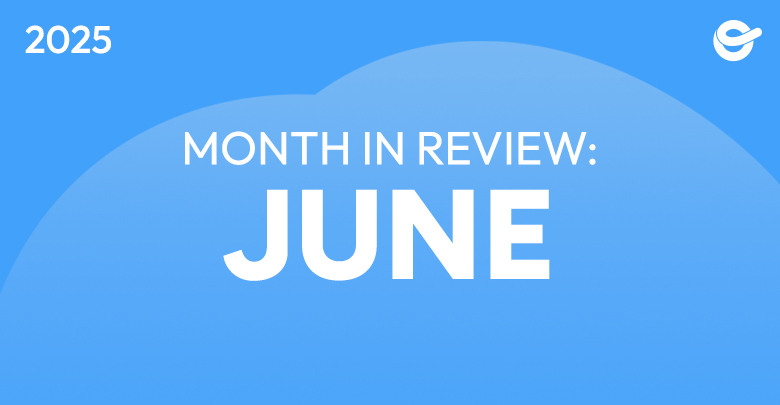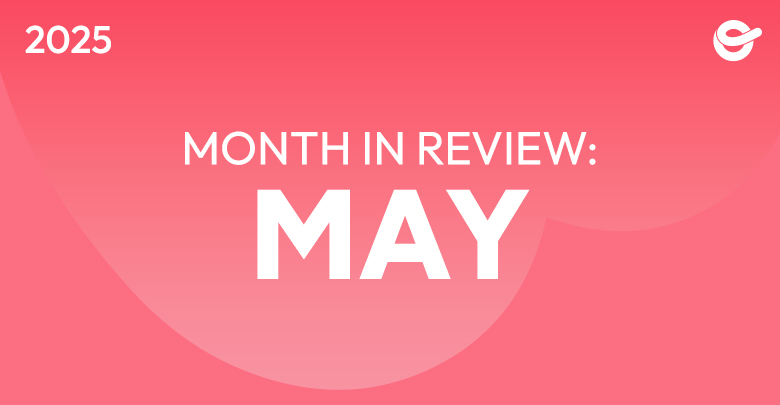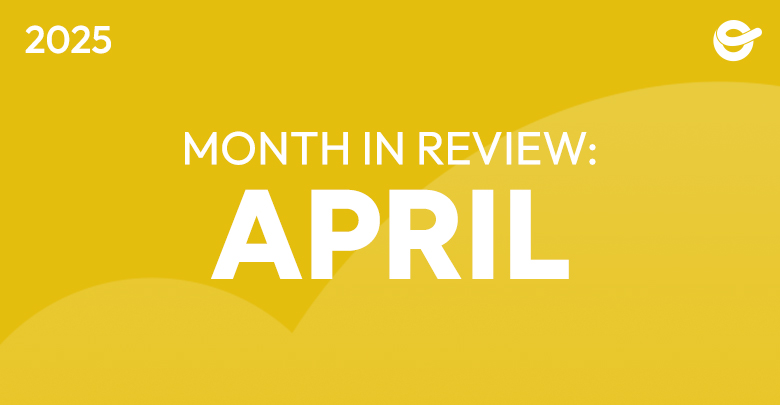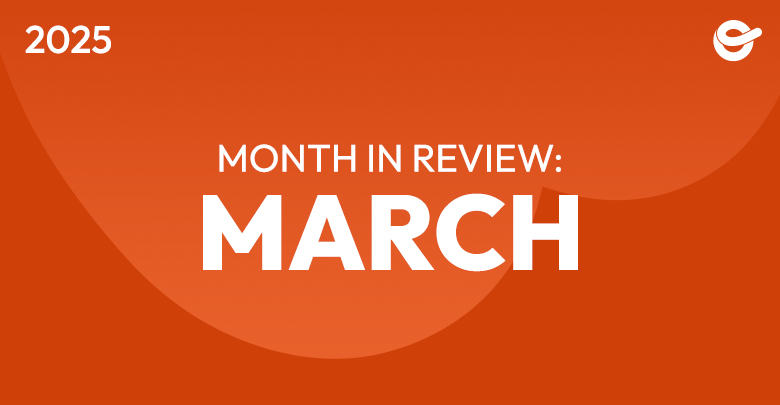
Cracking Down on Artificial Streams
Streaming fraud is an endemic and persistent problem within the music industry. Yet in 2024, promising strides are being made by distributors, labels, and DSPs to curb fake streaming and protect legitimate artists. Stay informed on all things artificial streaming with this blog post, and help crack down on fraudulent activity.
What is Streaming Fraud?
Spotify defines an artificial stream (aka a fraudulent, manipulated, or fake stream) as “a stream that doesn’t reflect genuine user listening intent.” Most artificial streaming is done using bots or click farms trying to appear like genuine listeners, while actually only streaming songs from artists who have paid for their services.
As one of the industry leaders in the prevention of Streaming Fraud, Spotify has published extensive resources on the subject and we’re proud to be members of their Preferred Partner Program, where we work diligently alongside them to police this behavior.
- For a great overall walkthrough on the dangers of this stuff, start with Spotify’s article about All You Need To Know About Artificial Streaming.
- After that, make sure you brush up on how to spot and steer clear of any Third Party Services That Guarantee Streams.
- And if you’re more of an auditory learner, dig in and listen up to Spotify’s educational video series, The Game Plan as they take a deep dive into the subject that’s both informative and entertaining.
In partnership with Spotify we make sure that the people that perpetuate this kind of fraud are held to account. To that end, we work to ensure that no fraudster that tries to game these systems can collect any funds from their efforts and that their deleterious behavior is kept out of the Spotify ecosystem writ large. When we detect accounts with artificial streaming behavior, we suspend their accounts and penalize them to the full extent of their infractions.
Beyond that, we ensure that when we catch these sort of scammers, that any artificial streaming charges to us by Spotify or other DSPs for this sort of behavior only impacts those artists distributing the content that’s in violation, and in no way impacts artists who aren’t breaking the rules. When we do find content that is in violation and incur penalty fees from Spotify to ONErpm, we make sure that we bear 100% of the cost of these penalties. In this way we make sure that our hardworking artists are not impacted whatsoever for the ne’er-do-wells that may be trying to get one over on them.
Artificial Streaming’s Impact
Streaming fraud isn’t just fledgling artists looking to pad their streams through any means necessary. There are also a number of far worse, nefarious reasons for the rampant spread of fake streams. Most notably, criminal gangs have been known to launder illegally earned money through fraudulent streaming. By buying fictitious streams on fictitious artists, gangs are paid out by DSPs in clean, untraceable cash. Turning money made from any number of crimes into usable currency.
Outside of the immoral, the widespread nature of the problem means that there are a number of companies offering artificial streaming disguised as a legitimate service. This has led to a rise in recent years of artists who employ artificial streams totally by accident. These artists think they’re paying a legitimate music marketing company that’s helping to promote their music, when in reality the company is just using bots to ramp up streaming numbers.
The Damage Done
It’s difficult to know exactly how many streams in the music ecosystem are fraudulent, and some less reputable DSPs and distributors really shirk their duty to protect artists, with some estimates putting the impact of those failures as accounting for as much as $2 billion in fraud each year. In the process, those scammers are stealing from legitimate artists. Streaming services determine their royalty payments based on their total pool of revenue and divide it up based on the number of streams in that period of time. So those fake streams represent billions of dollars in revenue that would otherwise be divided up among legitimate artists that is instead going to fraudsters.
Further, artists who boost their numbers with bots often have lasting damage done to their fanbase algorithm on a DSP, making it harder to establish a legitimate following. The random streams make it difficult for any DSP to determine who your fans are and what kind of music they like – after all, the bots and click farms aren’t usually streaming music from bigger artists that sound like you, they’re streaming other tiny artists who paid for the same bot service. A surefire way to see if an artist is paying for streams is to check the “fans also like” section – if it’s all completely unrelated music, those streams are probably fake. This is part of why Spotify has rolled out its new 1,000 stream threshold before artists can start earning money – so that scammers can’t fly under the radar any longer.
And of course, the big reason to avoid artificial streams is that it can get your music pulled from streaming services and will get you blacklisted from your distributor. Artificial stream detection is getting more and more sophisticated, and we are laser-focused on making sure that anyone that tries to take advantage of artificial streaming will be caught as fast as possible, banned, and held to account.
How to Protect Yourself
To keep your music from getting stolen by “phantom artists,” never publish streaming-quality music to YouTube, SoundCloud, or TikTok without first submitting it to a reputable distributor like ONErpm. Distributors store metadata and the songs’ “digital fingerprints” that will prevent it from being uploaded to other distributors by bad actors.
The other way to protect your music from takedowns due to artificial streams is to avoid shady promotion companies that use botted streams. Never pay for any marketing or promotion service that guarantees a certain amount of streams, even if they claim they’re all real streams.
It’s also important to be careful which 3rd party playlists you submit your music to, especially if you have to pay to be included. Watch out for extremely long playlists with 200+ tracks and anything with a really random genre mix. Playlists that are entirely no-name or fake-sounding artists should also be avoided. As a simple rule: if you wouldn’t listen to it, don’t submit to it!
ONErpm is a member of the Music Fights Fraud Alliance, a global taskforce of streaming services, labels, and distributors dedicated to eradicating streaming fraud.




